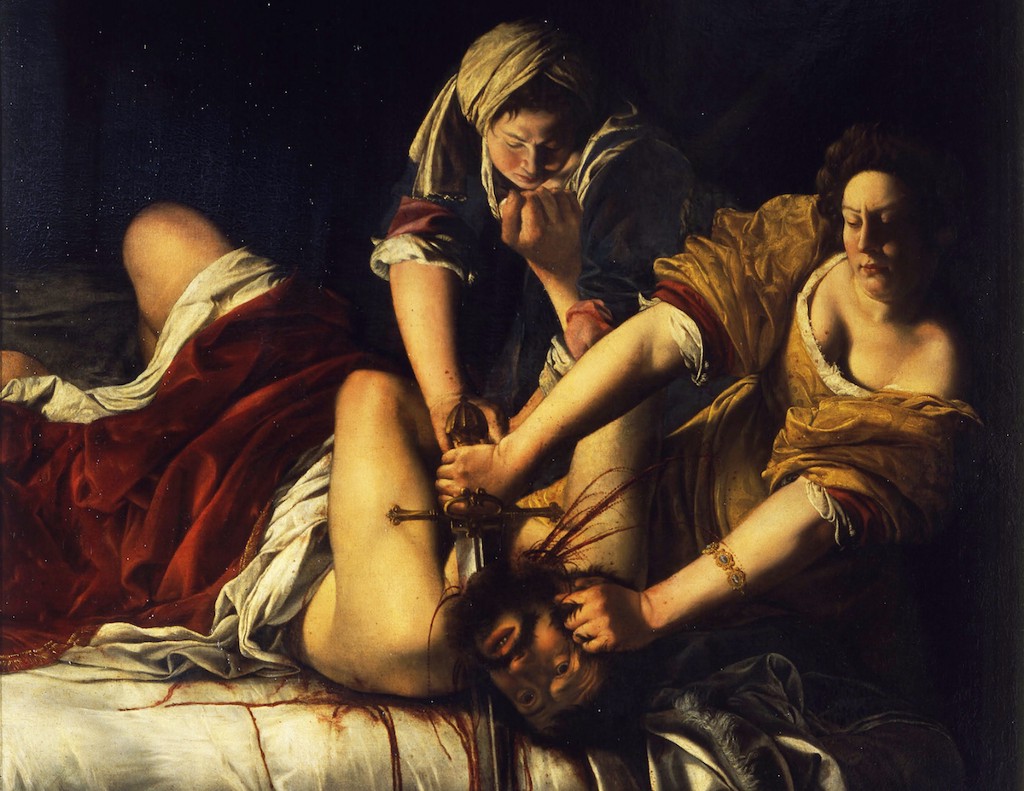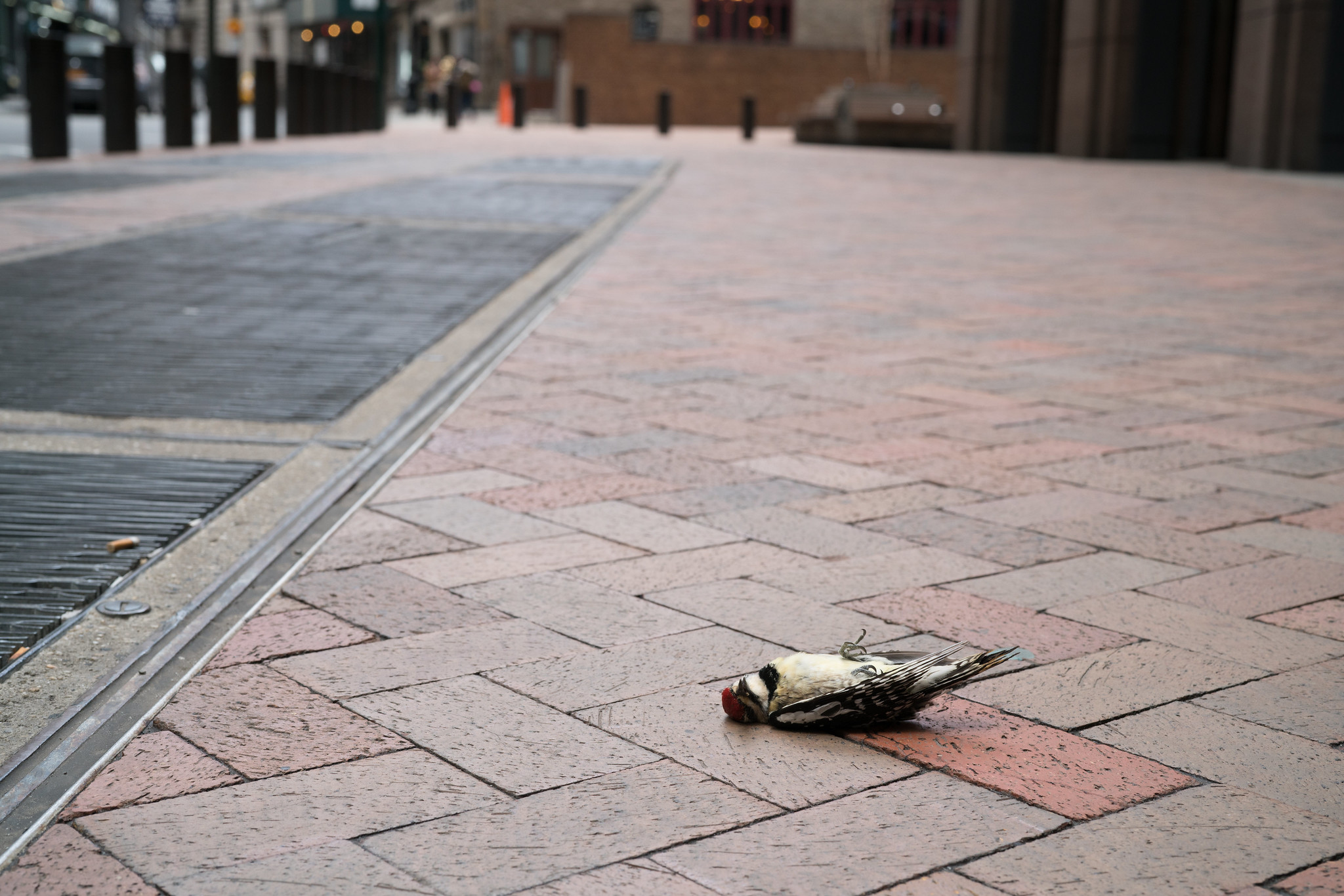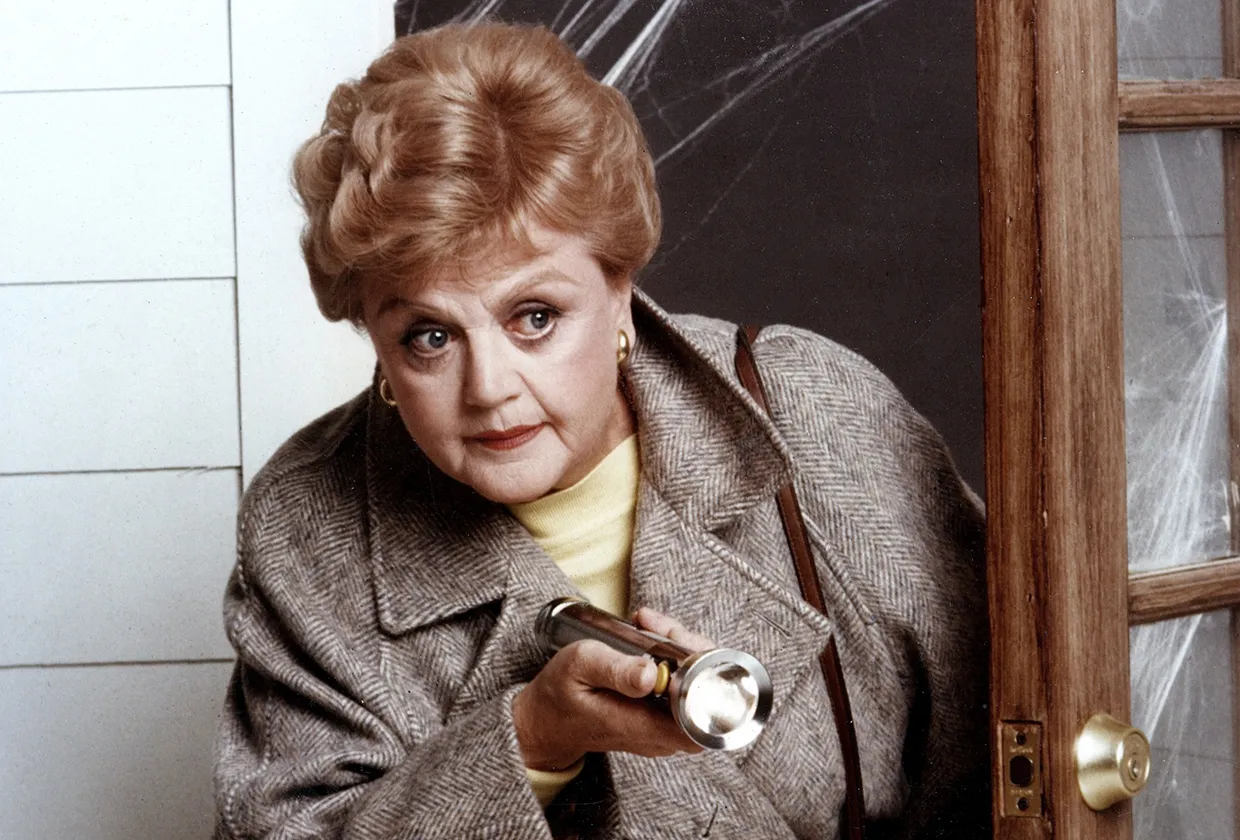Books & Culture
The Lost Nabokov Novel That Was Almost Burned—And Maybe Should Have Been

Each month “Unfinished Business” will examine an unfinished work left behind by one of our greatest authors. What might have been genius, and what might have been better left locked in the drawer? How and why do we read these final words from our favorite writers — and what would they have to say about it? We’ll piece together the rumors and fragments and notes to find the real story.
The year 2009 brought us Colum McCann’s Let the Great World Spin, Hilary Mantel’s Wolf Hall, and Dan Brown’s third Robert Langdon novel. Whatever the biggest literary splash of the year was, it is safe to say that it was not the publication of The Original of Laura, a 32-year-old incomplete novel by Vladimir Nabokov.
It was supposed to be. The year before, when Nabokov’s son Dmitri announced at long last he had decided to publish the abandoned manuscript rather than following his father’s final order to burn it, the BBC announced that its release was “likely to be the literary event of 2009.” Instead, the book went almost unnoticed, and the critics who did notice it were unimpressed.
By 2008, when he made his final call on whether to go against his father’s wishes, Dmitri had agonized over the decision for much of his life. The request to destroy the unfinished novel was delivered by Vladimir on his deathbed to his wife (and Dmitri’s mother) Vera. She promised him she would burn the manuscript, but instead kept it locked in a Swiss bank vault away from reading eyes. But when she passed away in 1991, the partially-written book became Dmitri’s responsibility. He was torn — should he respect his father’s last request, or his mother’s hesitations?
Dmitri was torn — should he respect his father’s last request, or his mother’s hesitations?
It would take Dmitri almost 18 years to make up his mind. On the one hand, a promise was a promise. Nabokov may have felt that the manuscript was embarrassingly incomplete. On the other, hadn’t his own father lectured his students about how “fortunate” it was that Max Brod had not obeyed Kafka’s wish to burn his papers, and lamented Gogol’s decision to burn the sequels to Lost Souls? Was it not a tragedy that Lord Byron’s publisher had burned his scandalous memoir — against the poet’s wishes? And where would literature be if the Emperor Augustus had listened to Virgil’s deathbed request? Minus one Aeneid, at least.
“Dmitri’s dilemma” as it became known, divided critics and authors, even before a single page of the book had been released. An article in The Times of London asked how he should weigh “the demands of the literary world versus the posthumous rights of an author over his art.” Slate critic Ron Rosenbaum wrote pleadingly to Dmitri to save the work, while Tom Stoppard argued sternly against publication in The Times Literary Supplement. “It’s perfectly straightforward. Nabokov wanted it burnt, so burn it.” But others, like Edmund White, took the view that Nabokov was likely not really serious when he made the request. “If a writer really wants something destroyed, he burns it.” John Banville called the decision a “difficult and painful one” but eventually argued that “a great writer is always worth reading, even at his worst.”
Meanwhile, the literary world began to speculate on what the novel could be — there were rumors that it was highly erotic, which would have been unusual. Others speculated that it might have light to shed on accusations that Nabokov had plagiarized parts of Lolita or that it would address suspicions about his childhood abuse. In the imaginations of Nabokov’s devotees, The Original of Laura became the missing piece to any and every puzzle.
In the imaginations of Nabokov’s devotees, ‘The Original of Laura’ became the missing piece to any and every puzzle.
Tantalizing tidbits of the text kept popping up over that 18 years. Dmitri at one point read a few portions of Laura out loud to a centennial gathering of adoring scholars at Cornell. Some later claimed to have privately been permitted to read the entire, brilliant manuscript. The literary journal The Nabokovian held a contest of its members to see who could write the best replication of Nabokov’s style, and then published the winners alongside what they claimed to be two real fragments from Laura. Which were real? Which were the imitations?
In 1998 an essay on The Original of Laura by a Swiss scholar named Michel Desommelier was published on the Nabokov fan website Zembla, containing what were purported to be several excerpts from the novel. These were then verified as authentic by other scholars and even Dmitri himself. But they weren’t authentic. The whole thing turned out to be a loving and elaborate prank concocted by the site’s editor Jeff Edmunds.
If it all sounds a little like something out of a Nabokov novel, that may be no accident. Unfinished books, unanswerable questions, meta-games of uncertainty and imagination were just the kind of thing Nabokov most liked to engage in on the page. And as long as Laura remained unpublished, Nabokov fans had an everlasting puzzle. They could be like V. in The Real Life of Sebastian Knight, brooding over the literary works of a deceased icon, trying to figure out which parts were real. Or biographer Charles Kinbote in Pale Fire, and his wild speculative annotations of the not-quite-finished poem of John Shade — the origin of “Zembla,” a fictional kingdom that Kinbote invents in his footnotes.
Someone Just Ran Over Terry Pratchett’s Unpublished Work with a Steamroller
Before his death, Nabokov himself had teased readers about his book-in-progress, saying that while the manuscript was “not quite finished,” it had already been “completed in his mind.” He spoke of it mysteriously, majestically. “I must have gone through it some 50 times, and in my diurnal delirium kept reading it aloud to a small dream audience in a walled garden,” he told The New York Times in 1976. “My audience consisted of peacocks, pigeons, my long dead parents, two cypresses, several young nurses crouching around, and a family doctor so old as to be almost invisible. Perhaps because of my stumblings and fits of coughing, the story of my poor Laura had less success with my listeners than it will have, I hope, with intelligent reviewers when properly published.”
But when, 32 years later, Dmitri finally released the novel to audiences, it would not find much succeess at all with those intelligent reviewers in Vladimir’s imagination.
In an interview with BBC2’s Newsnight about the ultimate decision to publish, Dmitri reasoned that his father “would have reacted in a sober and less dramatic way if he didn’t see death staring him in the face. He certainly would not have wanted it destroyed. He would have finished it.” Dmitri went on to explain that his father had once told him that Laura was among his most important books. “One doesn’t name a book one intends to destroy.”
Most critics, however, might have preferred he had.
Dmitri said his father had once told him that Laura was among his most important books. “One doesn’t name a book one intends to destroy.” Most critics, however, might have preferred he had.
The Wall Street Journal compared reading the book to watching Lou Gehrig try to play baseball after his illness in 1939. A German reviewer called it a “labyrinthine, overgrown garden without a gazebo in its center.” And Martin Amis, in The Guardian, felt that it was a cataclysmic disaster. “When a writer starts to come off the rails,” he wrote, “you expect skidmarks and broken glass; with Nabokov, naturally, the eruption is on the scale of a nuclear accident.”
Originally titled Dying is Fun, the novel was briefly to be called The Opposite of Laura before it was finally named The Original of Laura. The plot revolves around a scholar named Philip Wild who marries a woman named Flora because she reminds him of a previous lover named Aurora — the novel is meant to be the real story behind a novel that the narrator has written called My Laura, which has become a bestseller. Part of the story revolves around Flora, Aurora, and Laura. The rest centers on Philip’s preoccupation with his own death — of his long-standing fantasies of being able to erase himself like a figure on a chalk board, a wish for “self-deletion.”

This is about all that can be said of what turned out to be not even a manuscript but 138 handwritten notecards. Nabokov often used these for his first drafts before setting them into a final order for Vera to type up. The Laura cards had not yet been set in any kind of order, with only the first 60 or so forming any kind of linear narrative. Altogether the text totaled only around 30 typed pages. To those who had waited and wondered about Laura since the late 1970s, it must have been a little underwhelming.
To stretch 30 pages into something resembling a finished novel, the book was published by Knopf on heavy stock, with a color reproduction on each page of the original card, complete with scribbles and cross-outs, with the cleaned-up text typed below. Each image is cleverly perforated so that it might be punched out, like something on the back of a cereal box, and reshuffled in whatever order the reader pleased.
This construction is a reminder that the book should never have been judged as if it were complete. Indeed, there is no way to read it without being perpetually reminded of its incompleteness. As you flip the simple, smudgy cards, the book all but vanishes in your hands. And it is glorious — to be able to see the work as work, not a masterpiece but a process. Cut short by death, but in a fun way.
To drive the point home, the first and final pages are a reproduction of a single graph-lined paper, on which Nabokov was working out, perhaps, the right word to use somewhere. “Efface” is circled at the top, followed by, “expunge, erase, delete, rub out, (something scribbled out completely), wipe out, obliterate.”
The book should never have been judged as if it were complete. Indeed, there is no way to read it without being perpetually reminded of its incompleteness.
It is likely that, despite what Dmitri claimed about the novel’s importance, he knew it was no tour de force. According to The Guardian, his cousin Ivan, a publisher in France, had urged him to go ahead and destroy it. He and Dmitri had each read Laura, and Ivan recalled, “we were all of the same opinion. It was just a torso, and not a glorious torso.”
Dmitri’s real motivating factor, according to Ivan, was that Dmitri himself was not well. In his 70s and facing both steep medical bills and a poor prognosis, publishing the manuscript was more a financial decision than anything else. Indeed, he would pass away only a few years later.
In his forward to The Original of Laura, Dmitri owned up to some of this, admitting that he first read the note cards during a stay in the hospital. He wrote that once he had, the dilemma changed. The story became real in his mind. While he knew it was an “embryonic masterpiece” at best, he could no longer conceive of destroying it, even if he was not sure he ought to let anyone else see.
The Book James Baldwin Couldn’t Bring Himself to Write
“Should I be damned or thanked?” he asks, in the forward. “‘But why, Mr. Nabokov, why did you really decide to publish Laura?’ Well, I am a nice guy, and, having noticed that people the world over find themselves on a first-name basis with me as they empathize with ‘Dmitri’s dilemma,’ I felt it would be kind to alleviate their sufferings.”
It is a bequest, then, to us — we the readers, we the puzzle-solvers. We Nabokovians and Zemblans. We who know that surely the notecards should not have been burned, just as, surely, they should not have been expected to be something they are not.
What they are is a frustrating, fabulous pile of fragments that can never be fully assembled. A dream ended by death, what remains is rough, resistant, and full of human flaw. They are, mostly, what is not there — the gaps and empty pages of one last story that never left the master’s mind. In this, I suspect Nabokov would have been quite pleased.








